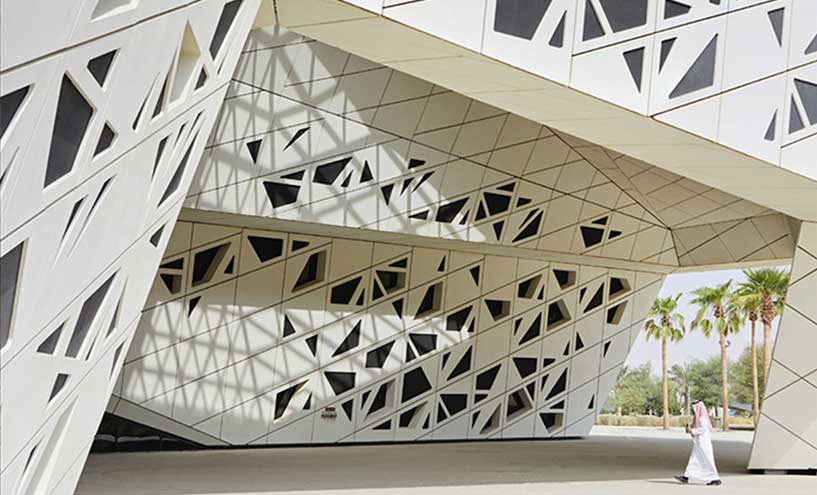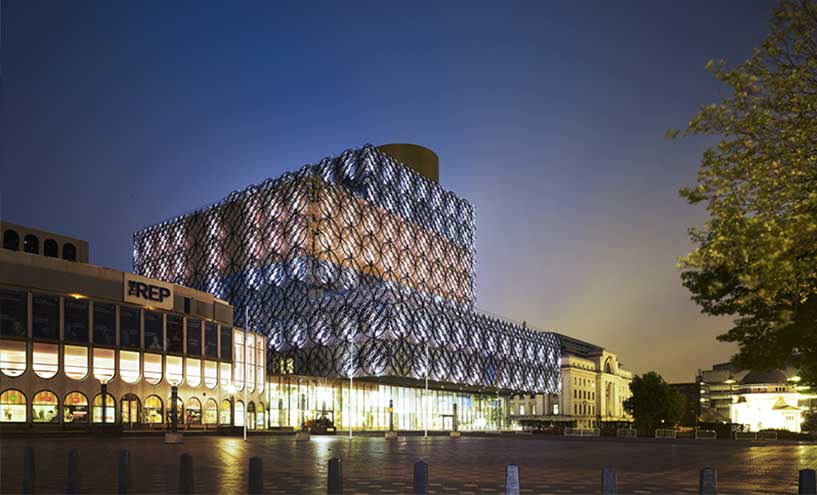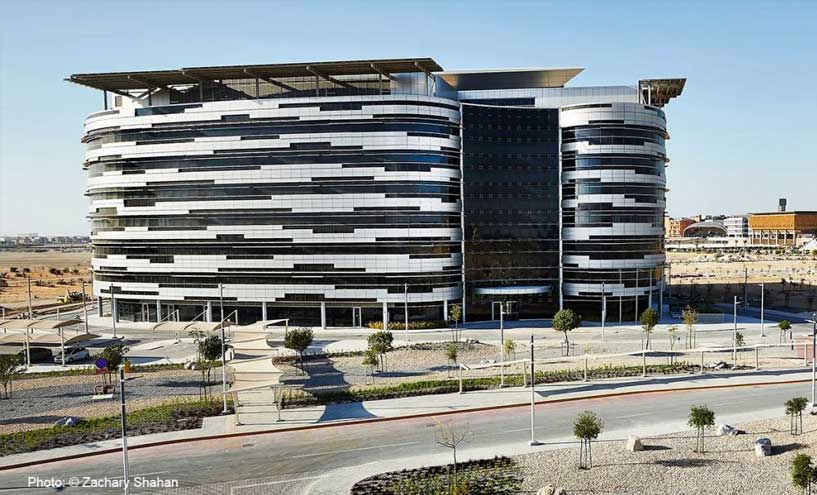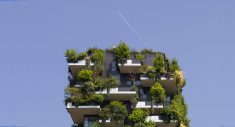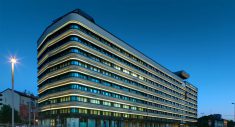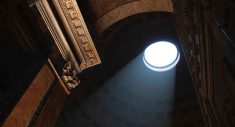Intro
Whether you are an architect willing to learn more about the sustainability in buildings, or a building product manufacturer trying to spot new market opportunities and trends, this may be the right guide for you to explore.
It will provide you with a brief introduction of the most diffused green building certification programs around the world.
So, where do we start from?
Buildings have a significant direct and indirect impact on the environment and people health and wellbeing. Throughout their life cycle, from construction to occupancy, and demolition, buildings use large amount of natural resources, generate waste and emit carbon emissions in the atmosphere.
In order to mitigate the impact of buildings on the natural environment through sustainable design, a number of green building rating systems such as LEED, WELL Building Standard, BREEAM, were created.
In 1990, BREEAM was launched as the first ever green building rating system in the world, at the time when the concept of sustainable architecture was starting gaining popularity. Thereafter, a number of other green building rating systems and certification programs followed.
LEED® rating system
LEED® (Leader in Energy & Environmental Design) is the world’s most widely used and recognized green building certification program.
Developed by the US Green Building Council, LEED, it is a third-party voluntary system that provides building owners and operators with a framework for identifying and implementing practical and measurable healthy building design, green construction, operations and maintenance solutions.
LEED® certification is awarded when a building project has satisfied all the prerequisites and earned a minimum number of credit points through the adoption of sustainability strategies in relation to energy efficiency, water conservation, building materials and finishes, indoor environmental quality, location and transportation, site development, innovative approaches and regionally focused priorities. Certification level depends on the achieved final score: Certified, Silver, Gold and Platinum. With Platinum being the healthiest and most sustainable building.
LEED v4.1 is the newest pilot version of the LEED green building rating system, which was released in early 2019. The LEEDv4.1 coexists with LEEDv4 and LEEDv3. However, the latter is only available to buildings already registered and currently pursuing certification under the LEEDv3 protocols.
LEED is regularly updated through cycle of development revisions.
With a strong emphasis on product data transparency, LEED v4 and LEEDv4.1 have introduced specific mechanisms such as life cycle assessment, environmental product declarations, and material ingredient reporting aimed at making data-driven decisions absolutely essential to building performance and human health.
Since its inception in 1998, LEED has grown to become an industry-recognised mark of excellence in high-performance sustainable building and property industry. As a powerful market transformation tool, LEED is now widely used in more than 150 countries worldwide, with more than 81,000 certified projects, equivalent to over 700 million of meter squared of floor area assessed, and a further 71,000 buildings currently pursuing LEED certification.
Read more
(*Source: USGBC)
WELL™ Building Standard
WELL™ Building Standard is the first evidence-based system for measuring, certifying and monitoring building features that impact on health and wellbeing of building occupants.
WELL™ marries best practices in design and construction with evidence-based health and wellness interventions.
WELL™ measures the attributes of a building that impact on occupant health by looking at seven areas – air, water, nourishment, light, fitness, comfort and mind. The Standard identifies 100 performance metrics, design strategies, and policies that can be implemented by the owners, designers, engineers, contractors, users and operators.
Launched by Delos, founder of the standard, in October 2014, and administered by the International Well Building Institute (IWBI), the scheme is informed by a seven-year programme of scientific and medical research, and peer-reviewed studies related to the impacts of the built environment on human health.
To date, there are 301 WELL™ certified projects and 4007 WELL™ registered projects equivalent to a total of 613+ million sqft built floor area across 72 countries (source: IWBI).
WELL™ is the first building rating systems to grant certification only after a building has been assessed in operation. To achieve WELL™ Building Standard certification, the space must undergo a process that includes an on-site assessment and performance testing by a third party.
WELL v2 pilot is the newest version of the pioneering WELL Building Standard.

BREEAM® rating system
BREEAM (Building Research Establishment Environmental Assessment Method) is the world’s longest established method used for measuring the environmental and sustainability performance of new and existing buildings.
Developed by BRE Global, a subsidiary of the BRE Group, in 1990, BREEAM has reached a strong market recognition and is recognised by construction and property industry as the benchmark for best practice in environmental building design and management.
BREEAM encourages designers, clients and others to think about low carbon and low impact design, minimising the energy demands created by a building before considering energy efficiency and low carbon technologies.
A BREEAM assessment uses recognised measures of performance, which are set against established benchmarks, to evaluate a building’s specification, design, construction and use. These measures represent a broad range of categories and criteria spanning from energy to ecology. They include aspects related to energy and water use, internal environment (health and well-being), materials, pollution, transport, waste, ecology and management processes.
BREEAM is a highly flexible rating system that is used to assess any building type, from new developments to refurbishments, from fit-out projects to building operations and maintenance.
Buildings are rated and certified on a scale of ‘Pass’, ‘Good’, ‘Very Good’, ‘Excellent’ and ‘Outstanding’, with the latter representing the highest level of sustainability in building. Assessments are carried out by independent, licenced, assessors.
BREEAM is a voluntary system, even if all most of local authorities in UK incorporated the standard as a mandatory requirement for the new buildings.
In United Kingdom, and in many other countries, BREEAM assessment has reached a strong market recognition and it is seen by construction and property sectors as the measure of best practice in environmental design and management.
In order to encourage even greater international acceptance, a BREEAM International scheme and country-specific BREEAM schemes were developed along the UK BREEAM rating systems.
Since 1990, more than 591,000 buildings have achieved BREEAM certification in over 90 countries, according to BRE.
(*Source: http://www.breeam.com)
ESTIDAMA® rating system
Estidama, which is the Arabic word for ‘sustainability’, is a sustainable urban planning initiative developed by the Abu Dhabi Department of Urban Planning and Municipalities (DPM), formerly known as Abu Dhabi Urban Planning Council (UPC), in the United Arab Emirates.
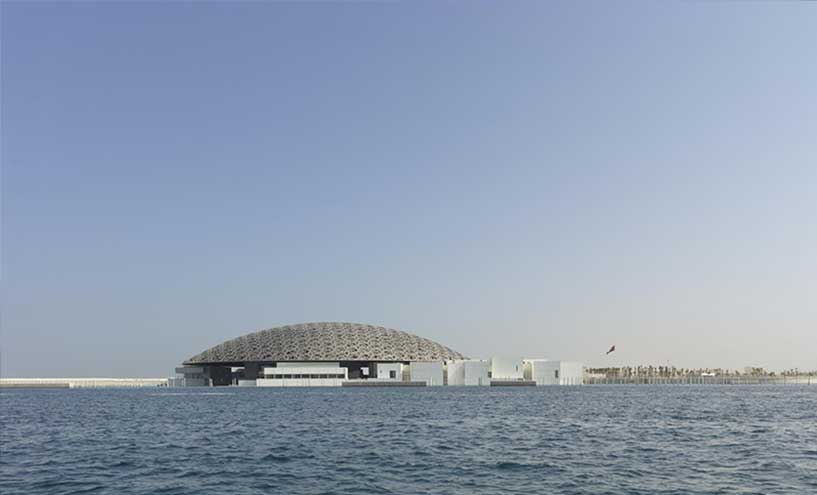
Launched in early 2010, the Estidama initiative includes the Peal building rating system (PRS) for Estidama, a framework designed to guide and measure the sustainability performance of a given development (urban communities, buildings and residential schemes) from the design through construction and operational.
Tailored to the hot climate and arid environment of Abu Dhabi, the rating system provides guidance and requirements to rate a project’s potential performance in relation to the four pillars of Estidama; environmental, economic, cultural and social.
The Estidama Pearls Rating System version 1.0 is applicable to all building types, their sites and associated facilities. It includes a set of different protocols designed to assess buildings (office, retails, multi-residential, schools, mixed use), villas (single-family residential) and urban communities (neighborhoods).
Unlike other Green rating system such as BREEAM and LEED, which are voluntary green building rating systems, the Pearl Rating System is incorporated into the Abu Dhabi Emirate’s building codes as part of the planning requirement.
The Estidama Pearl building rating system is significant influencing all the new building developments within Abu Dhabi from design to construction and operation. To date, nearly 24,000 residential schemes and over 2460 non-domestic buildings have achieved Pearl certification (construction or design rating) according to the Emirates Green Building Council.
(*Reference: Emirates Green Building Council, May 2019)
Hong Kong BEAM Plus Rating System
BEAM Plus is a comprehensive environmental assessment scheme for buildings recognized by the Hong Kong Green Building Council (HKGBC). Largely based on the UK Building Research Establishment’s BREEAM rating system, the Building Environmental Assessment Method (HK-BEAM Plus) scheme was launched in 1996 to provide a set of criteria on how buildings should be designed, constructed, operated, and to increase the overall building sustainability.
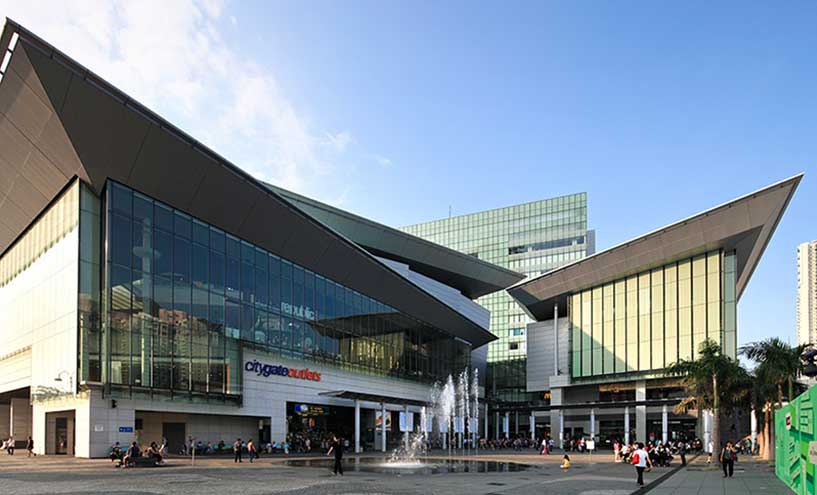
The aim of the BEAM Plus assessment is to reduce the environmental impact of buildings while improving quality of the built environment and users’ satisfaction by adopting the best techniques, practices, and standards compatible with prevailing economic constraints. HK BEAM Plus also sets a benchmark for government regulators, building professionals and occupants to determine a building’s level of environmental performance.
BEAM Plus for New Buildings attempts to cover all types of buildings, from small single buildings to large buildings on residential and commercial estates. BEAM Plus is available for new buildings, major refurbishment, existing buildings as well as for interiors fit-out.
Initiated in 1996, the BEAM Plus assessment is a voluntary green building certification scheme tailored to sub-tropical, high-density urban environment of Hong Kong. The scheme has evolved over time and enhanced revisions of the scheme were released regularly since 2010.
In line with the HK Regional Government’s mandatory policy measures entitled ‘Building Design to Foster a Quality and Sustainable Built Environment’ and addressed to all new building projects, the BEAM Plus assessment has been widely adopted across the Hong Kong Metropolitan Area as well as employed to certified projects located in Macau, Guangzhou, Beijing, Shanghai and Shenzhen.
As of June 2020, there are 611 projects registered under the BEAM Plus scheme and a total of 1498 BEAM certified landmark properties assessed (mostly Commercial, Government, Institutional and residential buildings).


